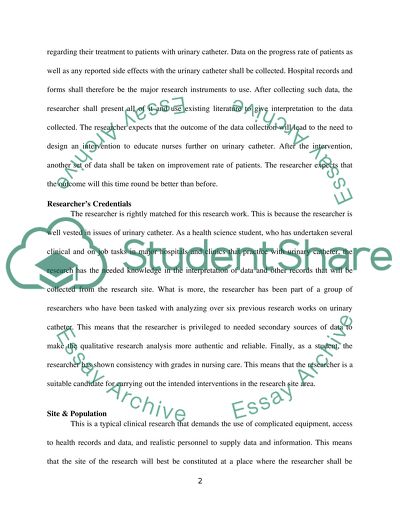Cite this document
(“The effectiveness of the registered nurse managing the urinary Research Paper”, n.d.)
Retrieved from https://studentshare.org/nursing/1396025-the-effectiveness-of-the-registered-nurse-managing-the-urinary-catheter-in-the-adult-patient-research-proposal-phase
Retrieved from https://studentshare.org/nursing/1396025-the-effectiveness-of-the-registered-nurse-managing-the-urinary-catheter-in-the-adult-patient-research-proposal-phase
(The Effectiveness of the Registered Nurse Managing the Urinary Research Paper)
https://studentshare.org/nursing/1396025-the-effectiveness-of-the-registered-nurse-managing-the-urinary-catheter-in-the-adult-patient-research-proposal-phase.
https://studentshare.org/nursing/1396025-the-effectiveness-of-the-registered-nurse-managing-the-urinary-catheter-in-the-adult-patient-research-proposal-phase.
“The Effectiveness of the Registered Nurse Managing the Urinary Research Paper”, n.d. https://studentshare.org/nursing/1396025-the-effectiveness-of-the-registered-nurse-managing-the-urinary-catheter-in-the-adult-patient-research-proposal-phase.


